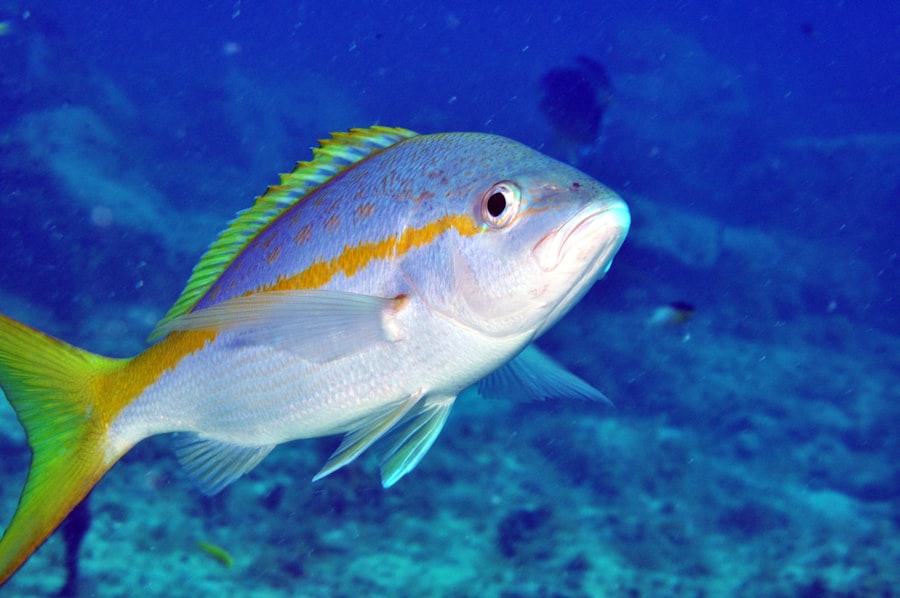Download links
How to install Exploring the Shallow Sea: A Diver's Adventure APK?
1. Tap the downloaded Exploring the Shallow Sea: A Diver's Adventure APK file.
2. Touch install.
3. Follow the steps on the screen.
Description
The shallow sea, often overlooked in favor of deeper, more mysterious oceanic realms, possesses a unique charm that captivates the hearts of divers and nature enthusiasts alike. These coastal waters, typically extending from the shoreline to depths of about 200 meters, are characterized by their vibrant ecosystems and stunning visual landscapes. The interplay of sunlight with the water creates a mesmerizing spectacle, where rays of light dance upon the sandy seabed and illuminate the myriad colors of coral reefs and marine flora.
The shallow sea is not merely a transition zone between land and deep ocean; it is a thriving habitat teeming with life, where every inch brims with ecological significance. In these shallow waters, the beauty is not just in the scenery but also in the intricate relationships that define marine life. Coral reefs, often referred to as the “rainforests of the sea,” flourish in these environments, providing shelter and sustenance for countless species.
The vibrant hues of corals, ranging from deep purples to bright yellows, create a kaleidoscope that enchants divers. Moreover, the shallow sea serves as a nursery for many fish species, where young marine creatures find refuge from predators and abundant food sources. This dynamic ecosystem is a testament to nature’s resilience and creativity, showcasing how life can thrive in seemingly fragile environments.
Key Takeaways
- Shallow seas are home to a diverse range of marine life and offer stunning underwater beauty.
- Proper preparation is essential for a safe and enjoyable diving adventure in shallow waters.
- Underwater exploration in shallow seas provides an exhilarating and unforgettable experience.
- The diverse marine life in shallow waters includes colorful fish, vibrant corals, and unique sea creatures.
- Conservation efforts are crucial for protecting the delicate ecosystems of shallow seas, and responsible diving practices are key to preserving their beauty.
Preparing for a Diving Adventure
Embarking on a diving adventure in shallow seas requires careful preparation to ensure safety and maximize enjoyment. The first step is to assess one’s diving skills and experience level. While shallow waters may seem less intimidating than deeper dives, they still present unique challenges such as currents, visibility issues, and potential encounters with marine life.
For novice divers, enrolling in a certification course can provide essential training on underwater navigation, buoyancy control, and emergency procedures. Understanding the basics of diving equipment, including masks, fins, wetsuits, and tanks, is crucial for a successful experience. In addition to personal readiness, selecting the right location is paramount.
Researching various dive sites can reveal hidden gems that offer stunning underwater vistas and diverse marine life. Factors such as water temperature, visibility, and seasonal conditions should be taken into account when planning a dive. Local dive shops or guides can provide invaluable insights into the best times to visit specific sites and any potential hazards to be aware of.
Furthermore, ensuring that all equipment is in good working order before heading out is essential; this includes checking for leaks in wetsuits, ensuring tanks are filled, and confirming that all gear is functioning properly.
The Thrill of Underwater Exploration

Once submerged in the shallow sea, divers are greeted by an exhilarating world that feels both alien and familiar. The sensation of weightlessness combined with the serene silence of underwater exploration creates an almost meditative experience. As divers glide through the water, they are enveloped by a sense of freedom that is hard to replicate on land.
The thrill of discovering hidden caves, vibrant coral formations, and schools of fish darting about adds an element of adventure that keeps divers returning for more. The act of diving itself becomes a dance with nature; each movement is deliberate yet fluid as divers navigate through underwater landscapes. The thrill intensifies when encountering larger marine animals such as sea turtles or rays gliding gracefully through the water column.
These moments often evoke a sense of awe and respect for the creatures that inhabit this realm. Additionally, the opportunity to observe behaviors such as fish spawning or coral feeding provides a deeper understanding of marine ecosystems and their intricate dynamics. Each dive becomes a unique narrative woven into the fabric of the ocean’s story.
The Diverse Marine Life in Shallow Waters
| Species | Location | Population | Threat Level |
|---|---|---|---|
| Sea Anemone | Coral Reefs | High | Low |
| Clownfish | Anemone Beds | Moderate | Low |
| Sea Urchin | Rocky Shores | High | Moderate |
| Octopus | Seagrass Beds | Low | Low |
Shallow seas are home to an astonishing array of marine life that showcases nature’s diversity and adaptability. From colorful reef fish like clownfish and parrotfish to larger species such as sharks and dolphins, these waters are bustling with activity. Coral reefs serve as the foundation for this biodiversity, providing habitat for approximately 25% of all marine species despite covering only 0.1% of the ocean’s surface.
The symbiotic relationships found within these ecosystems are fascinating; for instance, clownfish find protection among anemones while providing them with nutrients through their waste. In addition to fish, shallow waters host an abundance of invertebrates such as starfish, sea urchins, and jellyfish. Each organism plays a vital role in maintaining ecological balance; for example, sea urchins help control algae growth on reefs while also serving as prey for larger predators.
The presence of seagrass beds further enriches these environments by providing food and shelter for various species while also stabilizing sediments and improving water quality. This intricate web of life highlights the importance of shallow seas as critical habitats that support both marine biodiversity and human livelihoods.
Conservation Efforts in Shallow Seas
As awareness grows regarding the ecological significance of shallow seas, conservation efforts have gained momentum to protect these vital ecosystems from threats such as pollution, overfishing, and climate change. Organizations worldwide are working tirelessly to establish marine protected areas (MPAs) that restrict harmful activities and promote sustainable practices. These designated zones allow ecosystems to recover from human impact while providing safe havens for marine life to thrive.
Community involvement plays a crucial role in conservation initiatives. Local fishermen often collaborate with scientists to develop sustainable fishing practices that ensure long-term viability for both their livelihoods and marine populations. Educational programs aimed at raising awareness about the importance of shallow seas have also emerged, encouraging responsible tourism and fostering a sense of stewardship among visitors.
By engaging local communities in conservation efforts, there is hope for a more sustainable future where both humans and marine life can coexist harmoniously.
Tips for Responsible Diving in Shallow Waters

Engaging in responsible diving practices is essential for preserving the beauty and health of shallow seas for future generations.
This practice not only protects delicate ecosystems but also ensures that other divers can enjoy the same experiences.
Additionally, divers should be mindful of their buoyancy control to prevent accidental damage to fragile coral reefs or seagrass beds. Maintaining proper buoyancy allows divers to navigate without disturbing the seabed or harming sensitive habitats. It is also advisable to stay within designated dive areas and follow local regulations regarding marine life interactions.
In conclusion, diving in shallow seas offers an unparalleled opportunity to connect with nature while exploring vibrant ecosystems teeming with life. Through careful preparation, responsible practices, and active participation in conservation efforts, divers can ensure that these beautiful underwater realms remain intact for generations to come.
FAQs
What is shallow sea diving?
Shallow sea diving refers to the activity of diving in relatively shallow waters, typically up to 40 feet deep. It is popular among beginner and intermediate divers due to the relatively low risk and accessibility of shallow dive sites.
What are the benefits of shallow sea diving?
Shallow sea diving allows divers to explore vibrant marine life, colorful coral reefs, and underwater landscapes without the need for advanced diving skills or equipment. It also provides an opportunity for divers to improve their skills and build confidence in a controlled environment.
What are some popular shallow sea diving destinations?
Popular shallow sea diving destinations include the Caribbean, the Red Sea, the Great Barrier Reef, and various coastal areas around the world. These locations offer diverse marine ecosystems and clear, calm waters ideal for shallow diving.
What equipment is needed for shallow sea diving?
Basic diving equipment such as a mask, snorkel, fins, wetsuit, buoyancy control device (BCD), regulator, and dive computer are essential for shallow sea diving. Additionally, a dive light and underwater camera may enhance the diving experience.
What safety precautions should be taken for shallow sea diving?
Before engaging in shallow sea diving, it is important to undergo proper training and certification from a recognized diving organization. Divers should also be aware of potential hazards such as marine life encounters, currents, and changes in water conditions. It is recommended to dive with a buddy and adhere to safe diving practices at all times.





